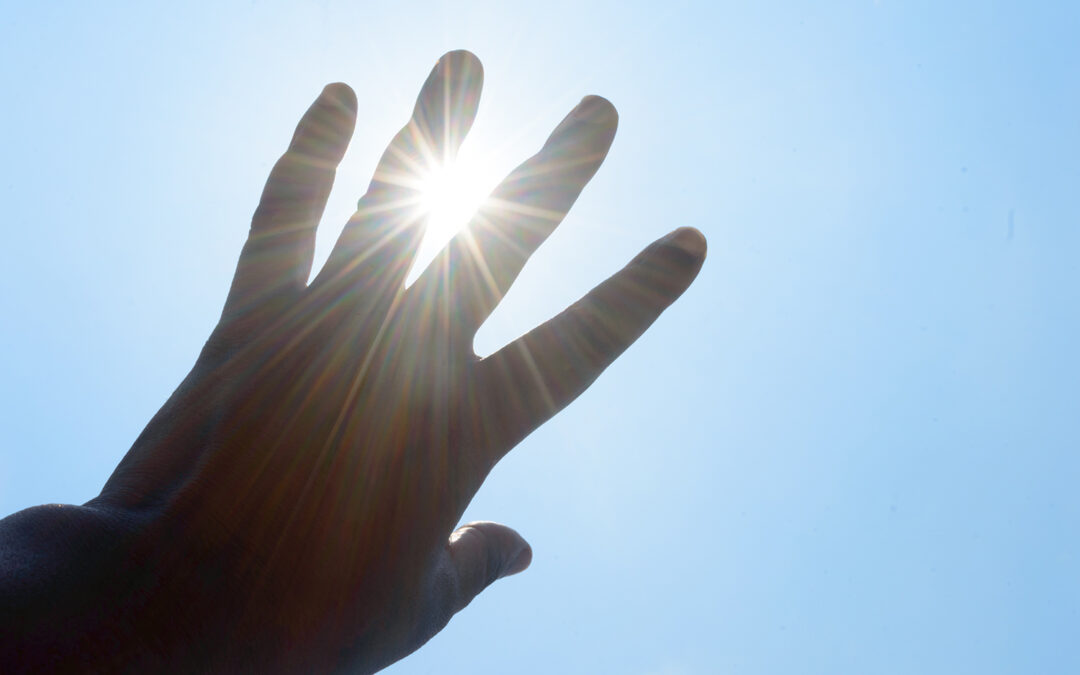There are a lot of myths and mistruths about sunburns and even the process of tanning your skin. If you asked anyone that grew up in the 60s and 70s, you might even be surprised to hear that they might have slathered baby oil on their skin to get that crisp, dark look of a surfer or beach bum.
Sun protection awareness has certainly increased over the years, with even the prevalence of tanning salons decreasing in favor of spray tans, which give you the same look without damage to your skin. However, we’re all victims of being caught in the sun and the red, painful burn that results. We thought we’d explain what happens when you get a sunburn—it might surprise you!
The Multi-Step Process of a Sunburn
A lot happens to your body when you receive sunburn. Let’s dive right in.
- UV Ray Exposure: When you expose your skin to the sun, it absorbs ultraviolet (UV) rays, which are a type of electromagnetic radiation.
- There are two types of UV rays that can damage your skin: UVA and UVB. UVA rays can penetrate deeper into your skin, while UVB rays are responsible for most sunburns.
- When UVB rays hit your skin, they penetrate the outermost layer of your skin, called the epidermis.
- The UVB rays are absorbed by a molecule in your skin called DNA, which can cause damage to the DNA. This damage triggers a response from your body’s immune system.
- Your immune system sends white blood cells called T-cells to the site of the damage. These T-cells release chemicals called cytokines, which cause inflammation.
- Inflammation is your body’s natural response to injury or infection. It causes the affected area to become red, swollen, and painful. In the case of a sunburn, the inflammation is what causes your skin to become red and painful.
- The inflammation also causes your skin to release more melanin, the pigment that gives your skin its color. This is why a sunburn can sometimes result in a tan.
- As your skin tries to repair the damage caused by the UVB rays, it may begin to peel. This is because the top layer of your skin is trying to shed the damaged cells.
- Over time, if you continue to expose your skin to UV rays without protection, the damage can accumulate, leading to premature aging, wrinkles, and even skin cancer.
How Sunscreen Lotion Protects Your Skin
Sunscreen or suntan lotion protects your skin by absorbing, reflecting, or scattering the harmful UV rays from the sun. Most sunscreens contain active ingredients that work by either absorbing the UV radiation, converting it into heat, or reflecting/scattering it before it reaches the skin.
When you apply sunscreen to your skin, the active ingredients form a protective barrier that helps prevent UV rays from penetrating into the deeper layers of the skin. This barrier reduces the amount of UV radiation that is absorbed by the skin, thus reducing the risk of sunburn, skin aging, and skin cancer. The effectiveness of sunscreen depends on the strength of the SPF (Sun Protection Factor) and how well it is applied and reapplied throughout the day.
How to Treat Severe Sunburn
If the sunburn is severe, a dermatologist will most likely recommend treatments like cool compresses, pain relievers, or even prescription medication to manage pain. They may also advise staying hydrated, avoiding further sun exposure, and using gentle, fragrance-free moisturizers to help the skin heal. In some cases, prescription medications like oral steroids may be prescribed to reduce severe inflammation.
It’s important to seek medical attention from a dermatologist if you experience severe sunburn symptoms like blisters, fever, chills, or nausea, as these could be signs of a more serious condition like sun poisoning. In general, it’s best to take preventative measures to avoid sunburn in the first place, such as wearing protective clothing and using sunscreen with a high SPF.
Are you suffering from severe sunburn? Reach out to us today for relief!



Recent Comments